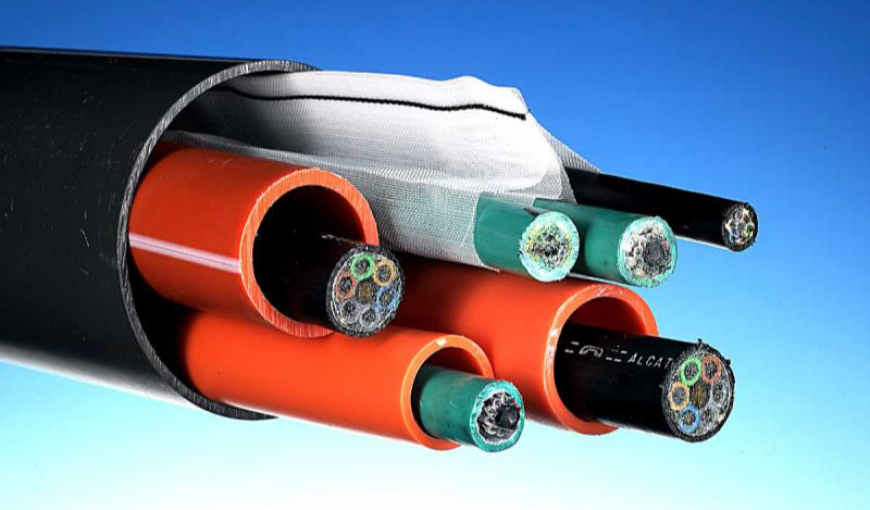New technologies for the challenges of telecommunications
In Brazil and globally, telecommunication network infrastructures are increasingly required, a clear consequence of the exponential traffic growth recorded in the last years. Noted as the most efficient mean of transmission to supply the needs in the scenario, the optical fibers are object of development of new methods of installations, as seen onthe microditch technique, which is another alternative to sustain the evolution of national telecommunication networks.
Able to accelerate and decrease the cost of installation, the method, already widely spread in the United States and in various countries in Europe, consists of the channeling of optical cables, mainly in urban and interurban urban and inter-urban soils, from the installation of very small sized pipes under the asphalt or concrete, called microditches or miniditches. With reduced diameter, the technique allows the use of thinner optical cables, but with the same capacity of traditional optical fibers, without requiring large works or expensive costs of implementation.
Free for future expansions or shares with other operators, the solution demands little occupation of public ways, with the additional advantages of allowing a quick installation, resistance and reliability in the process. Without visible installations and without the need ofsupport poles, the savings generated also occurby waiving rents of such infrastructure, disengaging negotiations with electric energy concessionaires or conducting excavation works for fixation of conventional fiber optic cables.
With an estimated growth of around eleven times the current global data traffic until 2018 –and a forecast of reaching the yearly 190 exabytes–, according to data from the Cisco VNI Report, divulged in 2014, the reflex of the expansion of this traffic is also imminent in Brazil. According to the National Telecommunications Agency, the total length of cables installed, which in 2011 already amounted to total length of one million kilometers and 27 million kilometers of optical fiber,is expected to increase about nine times between 2014 and 2019, with an annual growing rate of 56%, to meet the new demand.
Still under a regulatory process to use the essential elements to apply the technique, such as the microcables, the theme waits the test results from a Brazilian certifying laboratory, for standardization by the Brazilian Association of Technical Standards (ABNT)and approval by theNational Telecommunications Agency (Anatel), to be based in the country.
In an effort to divulge the method and the advantages reached from the deployment of the microditches, the Brazilian National Research and Educational Network (RNP), sponsor of the use of this technique in Brazil, has mobilized itself along with professional associations, certification of laboratories, equipment manufacturers, suppliers, telecommunications concessionaires, small broadband providers and service providers for regulation and use of this technique in the country.
Listed as a global trend, RNP’s Director of Engineering and Operations, Eduardo Grizendi, is one of the defenders of this new type of cabling solution. “From a technical point of view, the microditch method is an advancement. It not only solves problems related to the use of poles, which currently house different types of transmissions, such aslight signals, cable TV and internet cables, but contribute directly to the more rational, responsible use of the resources. Three years ago RNP saw the potential of the use of this technique and has invested in the disclosure of the advantages observed by other countries”, Grizendi concluded.
Gathered in work groups since January of this year, having RNP as an active participant in the three Work Groups, the institutions, working to expand the debate about the development of infrastructures for advanced networks, have formulated proposals and promoted tests for the regulation of microcables and other accessories to support the practiceand services related to the technique.
Presented as an efficient alternative for the deployment of optical telecommunications routes, the expectation is to facilitate and encourage the implementation of this technique until the second half of this year, especially in urban centers, where the demand for the deployment of optical fiber has grown dramatically, due to the expansion of FTTH – Fiber to the home.
